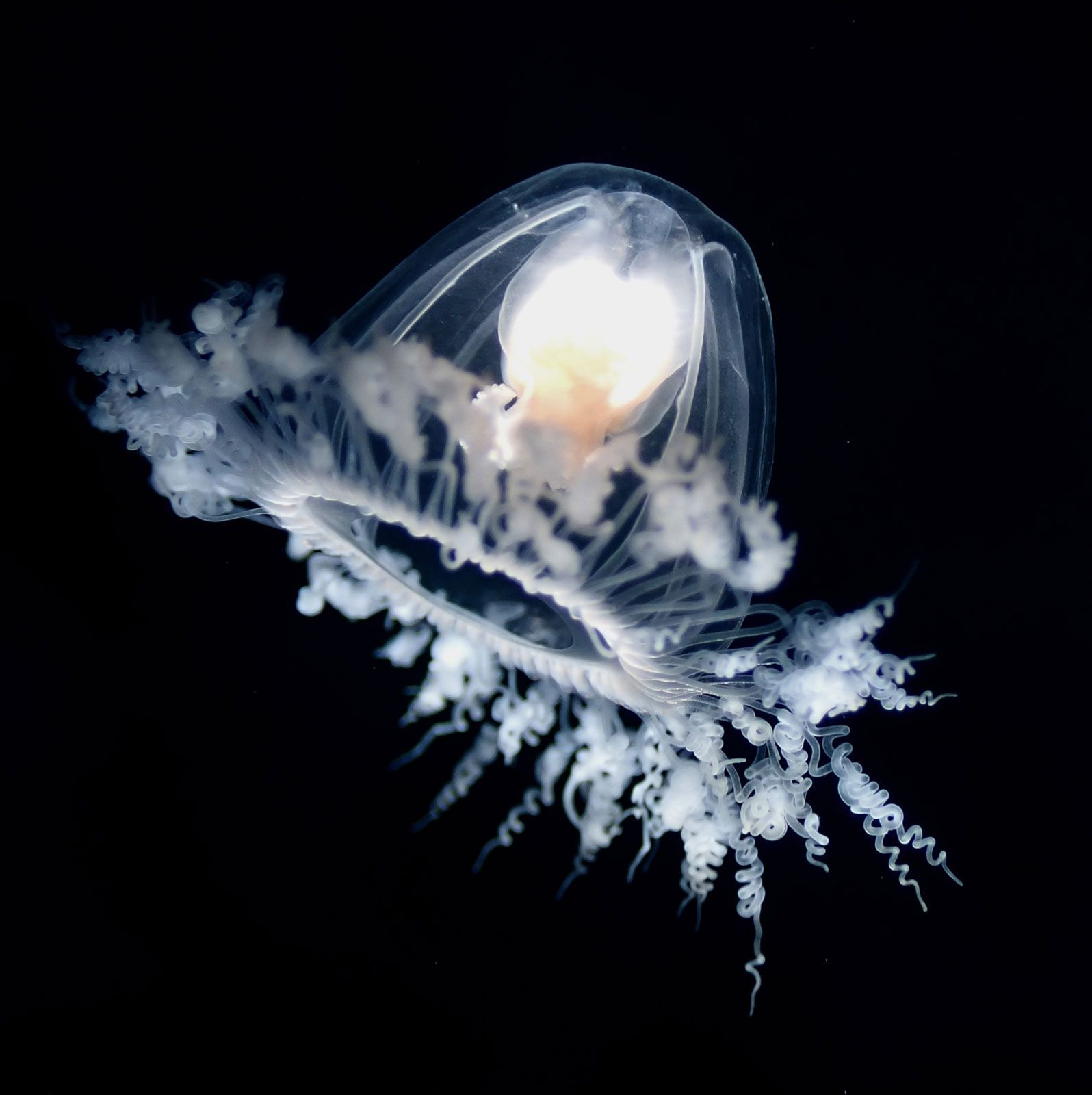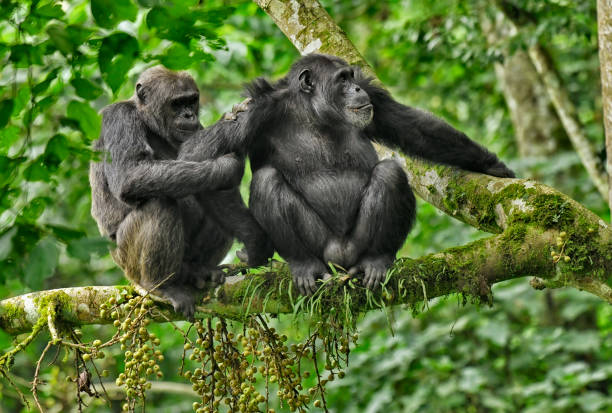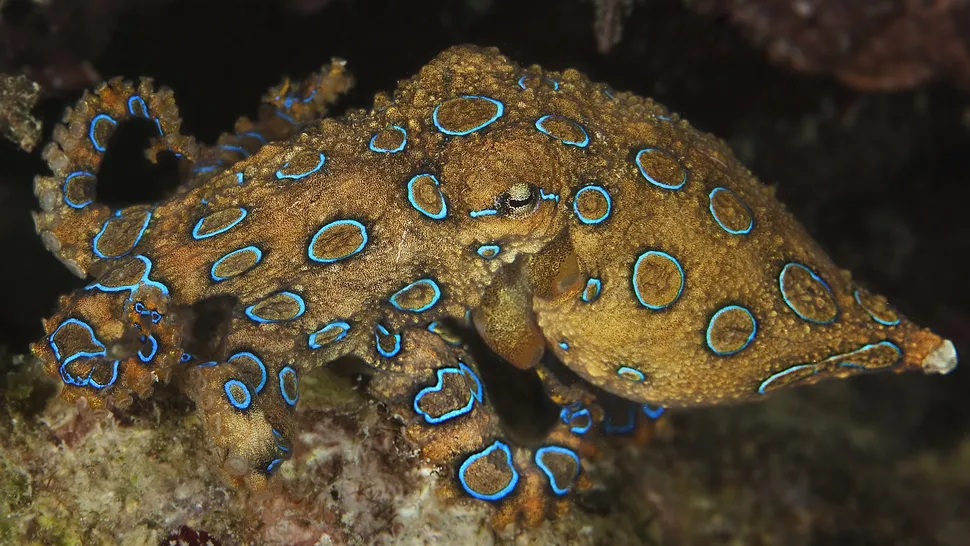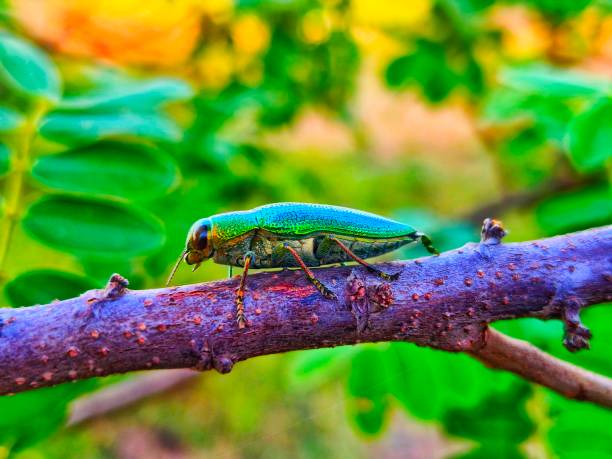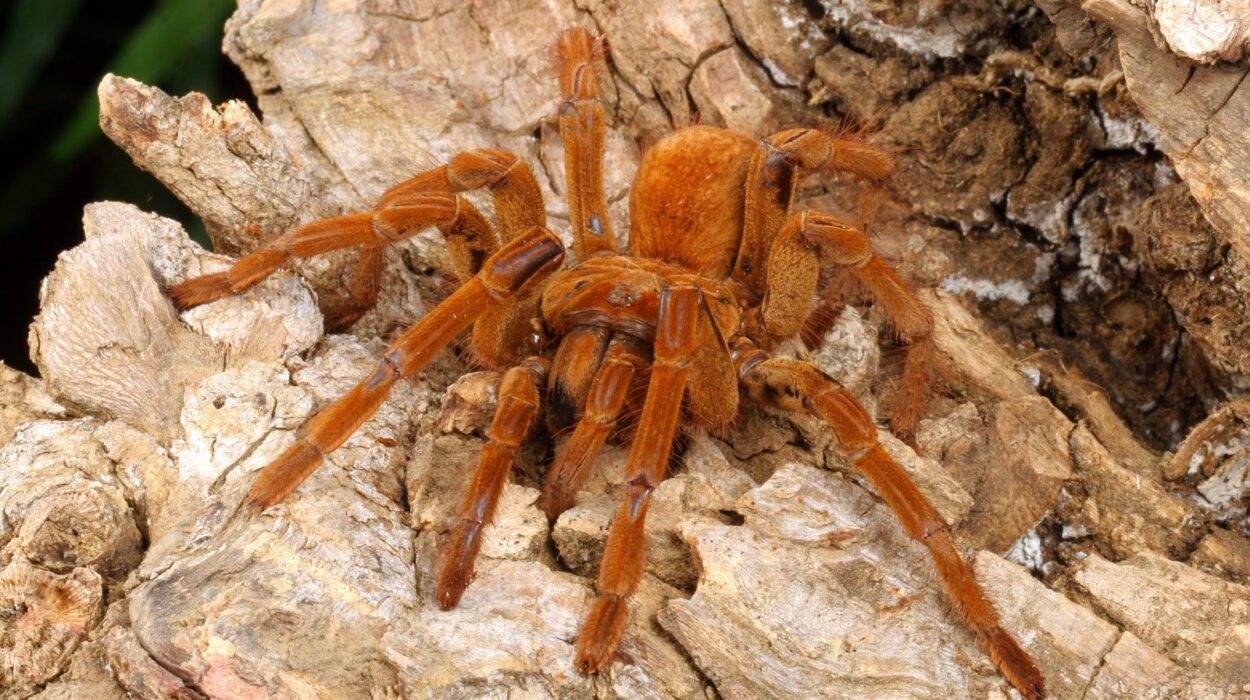The natural world is full of mysteries—some breathtaking, some bizarre, and many so astonishing they defy belief. When we look closely, animals reveal behaviors and abilities that seem to belong more to science fiction than to science. Beneath feathers, fur, and scales lies an astonishing realm of intelligence, adaptation, and pure biological wonder.
Every corner of Earth, from the ocean’s darkest depths to the burning deserts, holds secrets that rewrite what we think we know about life. These creatures have evolved in ways that challenge imagination, proving that nature is the greatest storyteller of all.
Here are ten strange but completely true animal facts—each one a small miracle of evolution and survival, showing that the world we share is stranger and more wonderful than we could ever invent.
1. The Immortal Jellyfish That Never Truly Dies
Imagine a creature that can reverse its own aging process—a being that could, in theory, live forever. That’s not a fantasy; it’s reality for Turritopsis dohrnii, better known as the “immortal jellyfish.”
Native to the warm waters of the Mediterranean Sea, this tiny, translucent jellyfish possesses one of the most astonishing biological tricks known to science. When faced with injury, starvation, or old age, it performs a feat called transdifferentiation—essentially turning back time. It reverts its adult cells into a juvenile state, regenerating its body completely.
It’s like a butterfly turning back into a caterpillar, then growing up again—a cycle of rebirth without end. While most eventually die from predation or disease, their ability to theoretically cheat death makes them one of nature’s greatest enigmas.
Scientists study Turritopsis in hopes of understanding aging itself. Somewhere in its delicate bell and drifting tendrils might lie the key to human longevity—a biological fountain of youth hiding beneath the waves.
2. The Octopus That Can Disappear in Plain Sight
If magicians had tentacles, they would be octopuses. Masters of camouflage, these intelligent sea creatures possess skin cells called chromatophores and iridophores, which allow them to change color, texture, and even reflect light.
An octopus can vanish into coral, mimic a rock, or ripple across the sea floor like liquid shadow. But camouflage is only half the story—their behavior is even stranger. Octopuses use mimicry as strategy. The mimic octopus (Thaumoctopus mimicus) can impersonate other sea creatures—lionfish, sea snakes, even flatfish—to confuse predators or prey.
They don’t just blend in; they act. They perform. Their intelligence rivals that of some mammals, capable of solving puzzles, using tools, and escaping aquariums with alarming cleverness.
Their entire existence is a ballet of brains and beauty, a reminder that intelligence can take many forms—and some of them have eight arms and ink for defense.
3. The Shrimp That Punches with the Power of a Bullet
At first glance, the mantis shrimp looks like a colorful underwater alien—vibrant, dazzling, and deceptively small. But hidden inside its body is one of the most powerful weapons in the animal kingdom.
This tiny predator can deliver a punch so fast it vaporizes water. Its club-like appendages accelerate at over 50 miles per hour, creating a shockwave that reaches temperatures nearly as hot as the surface of the sun. The strike can shatter aquarium glass and crack open crab shells in an instant.
Scientists call this phenomenon cavitation—tiny bubbles forming and collapsing with explosive force. For the mantis shrimp, it’s both hunting tool and defense mechanism.
But that’s not all. Mantis shrimp also possess the most complex eyes known to science. While humans see in three color channels (red, green, blue), mantis shrimp see in up to sixteen. They can detect ultraviolet and polarized light, perceiving colors and patterns invisible to us.
They live in a visual universe far richer than ours—a kaleidoscope of ultraviolet beauty, pulsing with the physics of violence and light.
4. The Frog That Freezes Solid and Comes Back to Life
In the frozen forests of North America, the wood frog (Rana sylvatica) performs a miracle every winter. When temperatures drop below freezing, it doesn’t flee—it freezes.
The frog’s heart stops. Its blood ceases to flow. Ice crystals form inside its body, turning it into a lifeless sculpture of frost. For months, it remains frozen solid, with no sign of breath or heartbeat.
And then, when spring returns, so does the frog. It thaws out, hops away, and resumes life as though nothing happened.
This resurrection is possible thanks to cryoprotectants—chemicals in the frog’s cells that prevent ice from destroying tissue. Glucose floods the bloodstream, acting like antifreeze for its organs.
Scientists studying the wood frog hope to unlock clues to organ preservation and cryogenic medicine. In a world obsessed with defying death, this small amphibian quietly performs the impossible every year.
5. The Axolotl That Never Grows Up
In the lakes of Mexico City, a smiling creature glides through the water—an eternal child of evolution. The axolotl (Ambystoma mexicanum) is a type of salamander that never undergoes metamorphosis.
Unlike most amphibians, it remains aquatic its entire life, keeping its feathery gills and larval features. This condition, called neoteny, gives it an almost magical appearance—a dragon-like creature with a permanent grin.
But its strangeness doesn’t end there. Axolotls can regenerate nearly any part of their body—limbs, spinal cord, heart tissue, and even parts of their brain. Scientists have even transplanted limbs between individuals with perfect regrowth.
Their regenerative abilities make them a focus of intense scientific study. Within their cells lies the promise of medical breakthroughs that could one day help humans heal from injuries once deemed irreversible.
Sadly, axolotls are critically endangered in the wild, victims of habitat loss and pollution. Yet in laboratories and aquariums around the world, they remain symbols of nature’s resilience—a creature that refuses to grow old, and refuses to die.
6. The Platypus That Detects Electricity
If evolution ever decided to have fun, the result would be the platypus. It’s part mammal, part bird, part reptile—and entirely unique.
With its duck-like bill, webbed feet, and beaver tail, the platypus defies classification. But its true strangeness lies beneath the surface. The bill of a platypus is packed with electroreceptors, allowing it to detect the electric fields produced by the muscle contractions of prey.
That means it can hunt with its eyes, ears, and nostrils closed—feeling the faint electric pulse of worms, insects, and crustaceans underwater. This makes it one of the only mammals capable of electrolocation, a skill shared with sharks and rays.
And as if that weren’t enough, male platypuses possess venomous spurs on their hind legs—a painful reminder that this adorable oddity can defend itself.
Every part of the platypus seems to say that nature does not follow rules—it writes poetry in the language of biology.
7. The Star-Nosed Mole That “Sees” with Its Nose
Beneath the damp soil of North America lives a creature that could be straight out of an alien movie. The star-nosed mole (Condylura cristata) has one of the strangest faces in the animal kingdom—a pink, fleshy star at the end of its snout made up of 22 finger-like tentacles.
This “star” is a hyper-sensitive sensory organ covered in over 25,000 touch receptors called Eimer’s organs. The mole uses it to detect prey in complete darkness, feeling vibrations and textures faster than the blink of an eye.
In fact, it’s the fastest eater in the animal world—it can identify and consume prey in as little as 120 milliseconds. To put that in perspective, it takes a human roughly 200 milliseconds to blink.
This mole essentially “sees” the world through touch, mapping its environment in high resolution. To a human, it would be like reading Braille at the speed of sight.
It’s a reminder that vision is only one way of perceiving reality—and that in the quiet, unseen corners of the Earth, life has invented entire new ways to sense the world.
8. The Tardigrade That Survives the Impossible
If there’s a symbol of indestructibility in nature, it’s the tardigrade—affectionately called the “water bear.” These microscopic creatures, measuring barely half a millimeter long, are among the toughest life forms ever discovered.
Tardigrades can survive extreme heat, freezing cold, crushing pressure, radiation, and even the vacuum of space. They’ve been exposed to outer space on satellites and revived afterward, completely unharmed.
Their secret is a process called cryptobiosis, in which they expel nearly all the water from their bodies and enter a state of suspended animation. Their metabolism slows to nearly zero, allowing them to endure years—even decades—without food or water.
Inside this dormant form, their cells produce special proteins that protect DNA and prevent damage. When rehydrated, tardigrades return to life as though waking from a long nap.
They challenge our understanding of what it means to live. On Earth—or perhaps beyond—it’s hard not to wonder if tardigrades hold the blueprint for surviving the apocalypse.
9. The Pistol Shrimp That Stuns with Sound
In the quiet of the ocean, one small creature can create a noise louder than a gunshot. The pistol shrimp, or snapping shrimp, is one of the loudest animals on the planet.
It snaps its claw shut so fast that it creates a cavitation bubble—a bubble that collapses with explosive force, generating temperatures near 8,000°F (4,400°C) and a shockwave strong enough to stun or kill nearby prey.
The sound can reach 210 decibels, louder than a jet engine. Yet, this deadly bubble lasts only a fraction of a second before disappearing in a flash of light.
The pistol shrimp’s sonic weapon has inspired scientific research into high-speed fluid dynamics and acoustic technology. Nature, once again, proves it’s far ahead of human engineering.
This tiny assassin’s symphony of sound reminds us that power often hides in the smallest forms of life—and that the ocean is not a place of silence but of secrets echoing beneath the waves.
10. The Lyrebird That Can Imitate Anything
Deep in the forests of Australia lives a bird with a gift that defies comprehension—the lyrebird, nature’s master mimic.
Its name comes from its magnificent tail, shaped like a lyre, but its real magic lies in its voice. The lyrebird can imitate almost any sound it hears, from other bird calls to camera shutters, chainsaws, and even human laughter.
Male lyrebirds use these sounds during courtship displays, weaving an entire soundscape of mimicry to attract mates. Some have been recorded imitating construction sites, car alarms, and even the click of a camera flash—an acoustic time capsule of the human world within a forest song.
This astonishing vocal ability comes from a highly developed syrinx, the bird’s vocal organ, which allows precise control over pitch and tone. Scientists believe lyrebirds remember and reproduce sounds with such accuracy that they can pass them down through generations.
They are living archives of sound—musicians of the natural world who remind us that creativity isn’t a human monopoly.
The Strange Beauty of Life
What do all these creatures have in common? They remind us that life is endlessly inventive. Evolution doesn’t follow a plan; it experiments, adapts, and occasionally creates miracles.
The immortal jellyfish cheats death. The octopus performs illusions. The axolotl regenerates. The platypus senses electricity. The tardigrade defies the cosmos itself.
These are not myths—they are truths stranger than fiction. Each animal carries within it a lesson about survival, imagination, and resilience.
We often look to the stars for wonder, but the true marvels of existence are already here, breathing, crawling, swimming, and flying beside us. The universe has hidden its magic in plain sight—in the flash of a shrimp, the song of a bird, the shimmer of a jellyfish, and the steady heartbeat of a frog that once froze solid.
To learn about these creatures is to fall in love with life all over again—to realize that the strangest, most beautiful stories are not written by humans, but by evolution itself.
